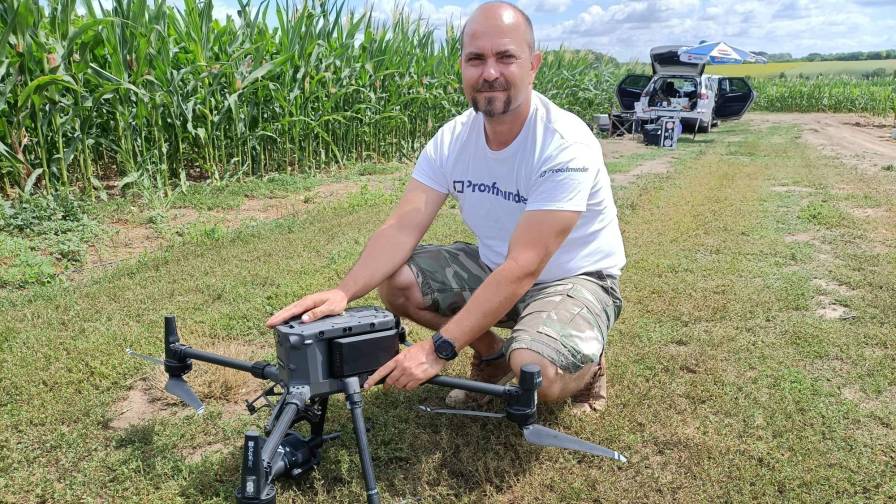Ag Data Privacy: You Get What You Pay For — And, Without Care, Could Pay for What You Give
It’s been said many times: “If the product is free, YOU are the product.”
Years ago when television was first broadcast into people’s homes over the air, it was a novelty for many reasons. The range of entertainment options available without having to leave the couch was so good, people changed their entire lives around it. TV dinners were invented so that you didn’t miss a single moment.
More interesting in my view: the cost. Free. Television was broadcast to everyone — all you had to do was tune your set to the correct channel. How could the TV networks afford to pay actors a king’s ransom and put on grand productions when we were all watching them for free? Simply put, the television programming wasn’t the product. We were.
Companies paid the networks for the opportunity to present their products to American eyeballs. Their hope was to influence enough people to buy their wares that they would cover the cost of the advertisements and then some. It must have worked pretty well because — even though I have been describing the situation in the past tense — it’s all still happening today, especially online.
Today’s web advertisers have a huge advantage over their “Mad Men” ancestors. By using data gathered from our home or business address, internet habits, purchase history and more, advertisers can hone in on a specific audience that they feel will yield a higher rate of success. It’s a big win for businesses that don’t have to waste resources on “infertile soil,” so to speak. It is also a big win for customers who aren’t bombarded with ads that are not relevant to them. If I must sit through a 30-second ad, my preference would be for that time to not be completely wasted but rather focus on something in which I am interested.
This advantage makes the information that tech companies like Facebook and Alphabet (Google) have about each one of us quite valuable. How valuable? $Trillions. They have the means to deliver specific content and advertisements to exactly the audience that will be the most receptive. When used properly, the use of data is incredibly effective. Unfortunately, we don’t always know who has access to that data or understand how our data will be used.
Armed with the knowledge that our data have value, we must recognize that we are primarily responsible for controlling what those data include and who can use it. While the companies collecting your data and the firms using it to reach you may not wish you harm, we should remember that ultimately, their interest is in making money. How we fit into the process is and should be up to us.
This is why it is so important that all of us in agriculture be aware of the mountains of data that we are creating each and every growing season. Every pass that we make in the field generates several layers of data. The apps or services that we use to manage everything from agronomy to finances to weather forecasts — these interactions create opportunities for companies to gain insight into our farms, the type of seeds and inputs we use, and the thought processes of the people who manage them. This information helps the companies we work with improve their products, but it also helps them sell more of these products back to us — and it raises questions about how “confidential” our confidential business information actually is.
How then should we, as farmers, react? While most of us don’t want to go live off the grid with no technology, we aren’t too keen on being completely open books either. It is incumbent upon all of us to understand the details of each firm we work with and how they handle the data that we create.
When considering adoption of a new farm tool, each of us must weigh the service that we receive against what we are giving for it, be it money or information. Sharing some data is okay within your own comfort level, but just be aware and realize what you are allowing in doing so. There are many products and services that are well worth giving up some amount of data. For example, billions of people worldwide don’t mind giving up data to Facebook in exchange for the ability to see all their friends’ baby pictures or what that weird kid from school is up to these days. (He’s writing editorials about ag data privacy!)
We, as data creators and collectors, have in our possession a valuable asset. Like all assets, this one needs to be guarded with care. The American Soybean Association in recent years joined industry leaders and other farm groups to decide what to do with all the data being gathered about farmers’ fields, crops, and equipment. Together, they established a common position for farmers and companies on privacy. And, ASA contributed to development of the Ag Data Transparency Evaluator, a tool designed to help farmers understand how their data will be used when they adopt precision ag technologies. We hope access to both the Data Principles and the Ag Data Transparency Evaluator available through ASA will help you with positioning your information and yourself for maximum success.










